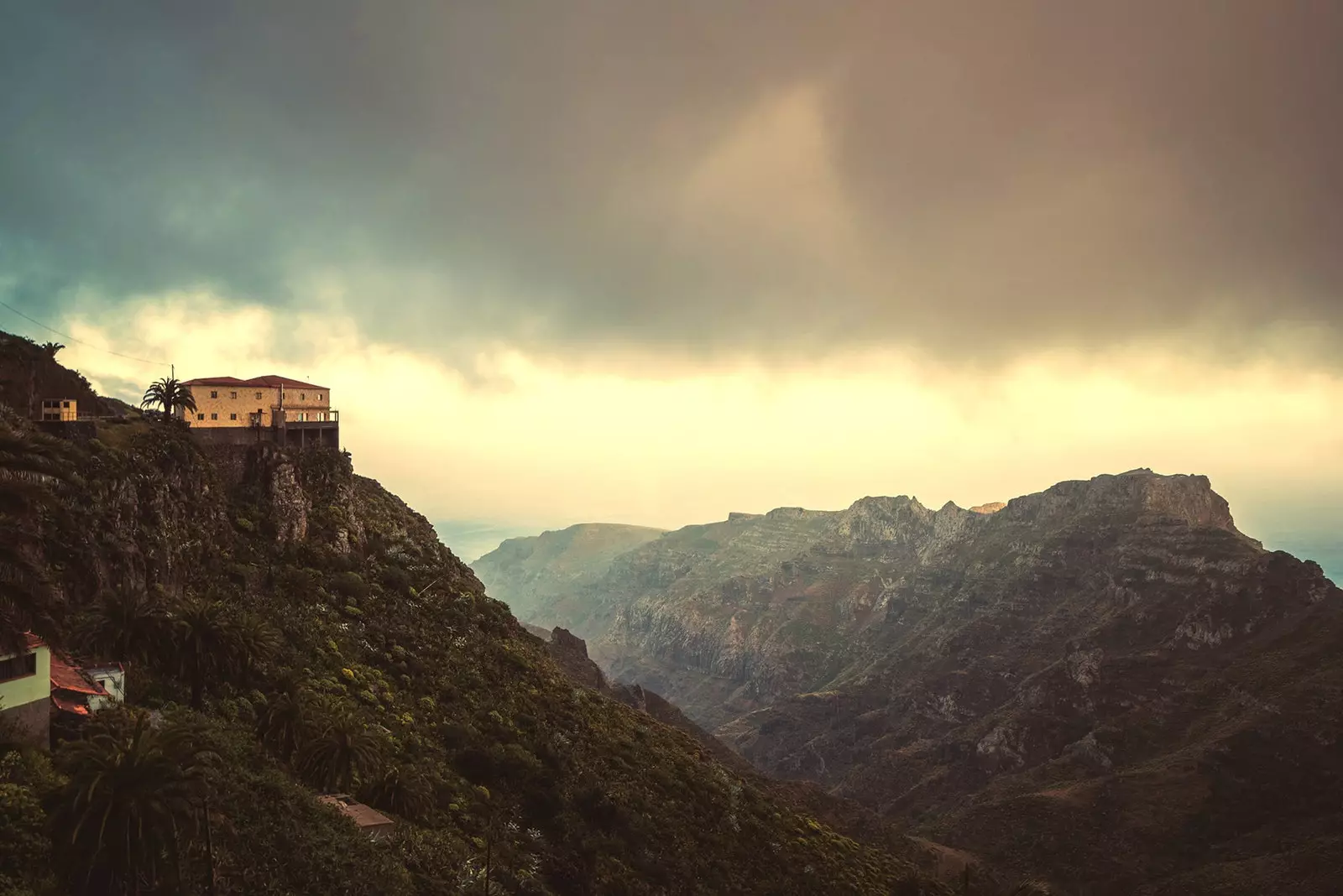
I whistle rubber
at the beginning of La Gomera, Romanian director's film Cornelieu Porumboiu (already in theaters), the protagonist, Christi (Vlad Ivanov), a corrupt cop, mafia whistleblower arrives on the ferry to the island of La Gomera. A clear sky, that rugged coastline, the sea. He looks like paradise awaits him. He comes running from a gray, sad, dangerous Bucharest. He comes to meet a great woman, Gilda (Catrinel Marlon), and to learn the gomeran whistle to be able to follow his relationship with the bad guys. But it doesn't take long for him to realize that, even lost there, they are still watching him.
“I was attracted to the idea of showing that in a controlled company in which everyone must play a role, **a very old form of communication can allow people to escape this control”, **explains Porumboiu on the choice of localization and language as excuses for his film.

Arriving in La Gomera.
The Romanian director (12:08 east of Bucharest) discovered the Gomeran whistle a decade ago, on vacation in Saint Jean de Luz with his wife, the Basque artist Arantxa Etcheverria. And he became obsessed with this language created by the Canarian aborigines in the 16th century. “I just finished my movie police, adjective about language and how it is used for political purposes. The whistled language seemed to me a possibility to continue with this theme but in a different way”, he continues.
Cristi comes to La Gomera to learn this secret and historical language. A language that developed to be able to communicate over long distances on this Canary Island with its complicated orography and eproduces through whistles (different depending on the placement of the fingers in the mouth) the sonority of other languages.
From one ravine to another, the original inhabitants spoke to each other by whistling, some peculiar, intoned whistles, which first they were a translation from Guanche and then they ended up being from Spanish (Today it is spoken even in English). In the history of this secret language, but using it for criminal purposes, Porumboiu based himself to create his particular narrative style and staging.

The ravines of La Gomera.
CULTURAL HERITAGE
Since 2009, the Gomeran whistle is Intangible Cultural Heritage of Humanity by UNESCO, a recognition achieved with the work of the Canarian Government for restoring historical and ethnographic relevance to this peculiar language.
Although originally it was also spoken in El Hierro or Tenerife, It was in La Gomera where it continued to be used until well into the 20th century, especially among shepherds and farmers. However, in the middle of the last century the successive crises, the abandonment of rural life and the extension of the telephone the population that knew a language that was passed from father to son was extinguishing. Until in the nineties it was the Administration that decided to recover it and today it is taught in schools to preserve this cultural heritage linked to a unique island.

Catrinel Marnol and Vlad Ivanov.
